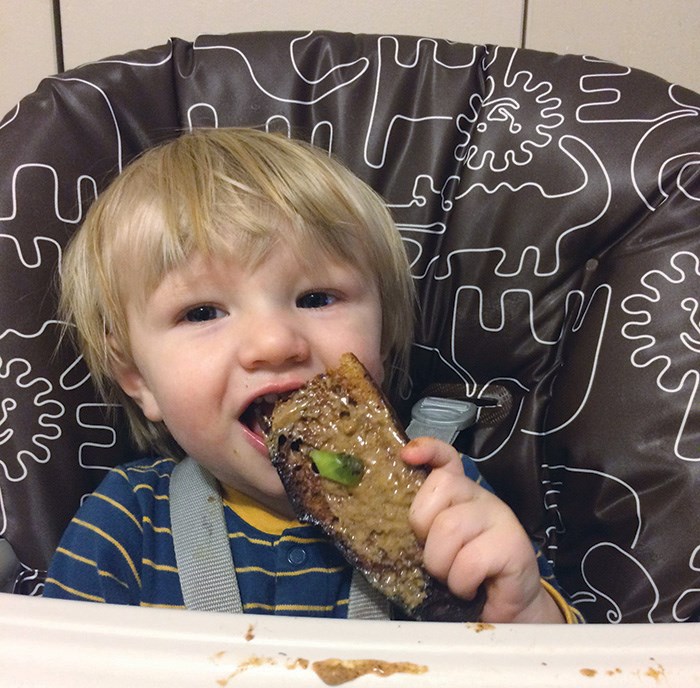It‚Äôs been a long winter ‚Äôround these parts.¬Ý
Speaking with old-timers, some would tell you that there hasn‚Äôt been snow like this since the 1960s.¬Ý
What should we do while the snow has finally melted and the rain is here? Let‚Äôs bake!¬Ý
Wheat has become one of the most controversial foods on the planet. To that matter, grains in general. But even those that can‚Äôt usually tolerate wheat can eat, and love, sourdough.¬Ý
Mothers in the ‚Äô70s would share their starter with one another (often called herman) and bake this fermented food for their families. So if you don‚Äôt get your bread from one of our lovely local bakeries like Tall Tree or Sunflower, or have the pleasure of eating at The Salted Vine every day where Chef Jeff Park bakes his own, read on for tips on how you too can bake your own sourdough.¬Ý
You don‚Äôt have to go far to hear people extoll the virtues of fermented foods. Here in town we have chef Alice Savage‚Äôs sauerkraut, ¿œ∞ƒ√≈¡˘∫œ≤ ø™Ω±º«¬º◊ ¡œ Water Kefir and Spark Kombucha. But if your home could be warmer and use some warding off the snowy weather, try baking some of your own fermented delight.¬Ý
To make proper sourdough, you need a starter.¬Ý
Some people start with one that has been in their family for generations, but if you aren’t that lucky, you can make your own, as I did.
If you have kids in the house, get them involved! This is a cool little science experiment.
Day 1: Combine 1 cup rye or whole wheat flour with ¬Ω cup non-chlorinated (filtered water) in a non-reactive (not metal) container. Be sure that the container is quite large as you will be adding daily. Stir to combine so there is no dry flour remaining. Place in a warm area in your house (near a heater or on top of the fridge) and away from little hands and pets.
Day 2: Feed your starter with ½ cup flour and ¼ cup water. Mix well. Keep near heat.
Day 3: Feed your starter again. By this day you should be seeing some little bubbles. This means your starter is coming to life!
Day 4 and 5: Repeat Day 3. By the end of Day 5 you should have a very happy starter! If not, move to a warmer location and repeat. You can also add some unsweetened pineapple juice to give it a kickstart.
Day 6: Your starter is ready to use.¬Ý
There are heaps of excellent recipes online, but I love Sarah Owens‚Äô book on fermented breads.¬Ý
This horticulturist turned Brooklyn baker is informative and wonderful. ¬Ý
Don‚Äôt just stop at bread!¬Ý
Cookies, pita, cakes galore can be made with your new little friend that will keep your home and bellies warm for the months and years to come.
To store your sourdough, keep it in the fridge and ‚Äúfeed‚Äù it with water and flour once a week.¬Ý
We live busy lives, but the process of making sourdough weekly is a beautiful activity to fold into your life.
Enjoy making it on your own or with your family.¬Ý




